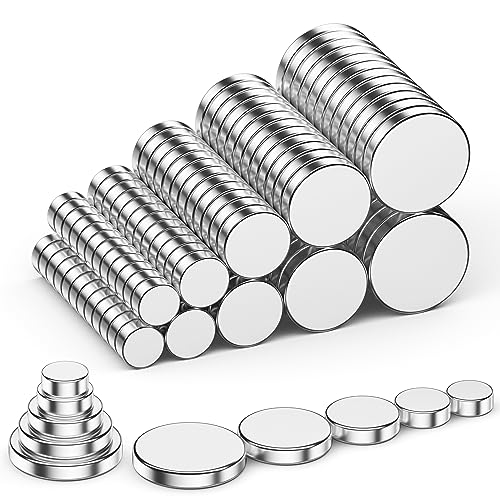Understanding the Basics of Magnets
Magnets are fascinating, how they work and how they are made. They are used in many everyday items, from fridge magnets to motors. But what exactly are magnets and how are they created?
Creating Permanent Magnets through Ferromagnetism
Ferromagnetism is the process used to create permanent magnets. It relies on the properties of certain materials, such as iron, cobalt, and nickel. These materials have a natural magnetic alignment, which causes them to create a magnetic field when clustered together.
Forming Magnets with Electromagnets
Electromagnets are created by running an electric current through a coil. The coil creates a magnetic field, which can be altered by changing the flow of electricity. When the current stops, the magnetic field dissipates, which makes electromagnets useful for applications that require varying degrees of magnetism.
The Process of Making Magnets
The process of creating magnets typically involves heating the raw materials to a high temperature and then cooling them quickly to a specific temperature. This process, called quenching, aligns the magnetic domains of the material and makes it magnetic. Once cooled, the material is cut, formed, or ground to the desired shape and size.
Applications of Magnets
Magnets have a multitude of practical applications. They are used in motors, generators, and transformers to create electric current. They can be used in MRI machines for medical imaging, and they can be found in hard drives where they are used to store data. Magnets are used in everyday items such as toys and jewelry, and they are essential in household appliances such as refrigerators and washing machines.






